Brighton and Hove: People P (original) (raw)
Names beginning with
A B C D E F G H I J K L M N O P Q R S T U V W X Y Z
Search the site
Brighton and Hove people: P
associated with | bold plaque | italic demolished
PAINE, Cornelius
1785-1869
Merchant.
Son of a Brighton schoolmaster, he was apprenticed into the grocery trade in 1800 and went into trading in the firm of (Edward) Kensington & Paine with sugar plantations in Montserrat. Following the abolition of slavery in 1833 his firm was awarded £5,061 compensation for two estates that had 323 slaves. By 1851 he was living at 9 Lewes Crescent, described as a 'retired colonial broker'. Also known as an artist and bibliophile, seven of his watercolour paintings of local townscapes are in the collection of Brighton Museum. As a member of the library sub-committee in 1875, he made a large donation now known as the Paine Collection and housed in the Jubilee Library and the Keep. He left 'under £140,000'. His son, also Cornelius, returned to the house and died there in 1890.
PERSONAL
• 9 Lewes Crescent
PANKHURST, Edward John
Landowner and politician.
A councillor for the Queen's Park Ward and mayor of Brighton in 1921-23. The family owned land and property in the Queens Park area.
COMMEMORATION
• Pankhurst Avenue
PERSONAL
• Freshfield Road
PARNELL, Charles Stewart MP
1846-1891
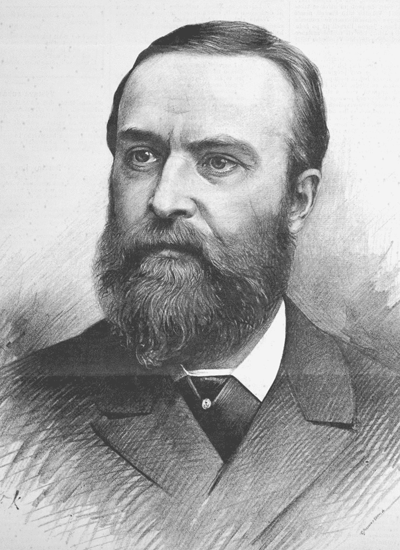 Politician.
Politician.
Irish nationalist, founder and leader of the Irish Parliamentary Party, he was famously involved in the divorce scandal concerning Katharine O'Shea.
COMMEMORATION
• Parnell Court, Medina Place
PERSONAL
• Carlisle Road (plaque on Dorset Court)
• 10 Walsingham Terrace
PATTEN, Alfred Fowler
1829-1907
Artist.
Born in Islington, Londonhe was noted for figure paintings in oils, especially of young girls, and rustic scenes.
PERSONAL
• 43 London Road [residence 1875-1887]
• 7 Albany Villas [residence 1888-1891]
PAXTON, Air Vice-Marshall Sir Anthony Lauderdale Paxton KBE, CB, DFC
1896-1957
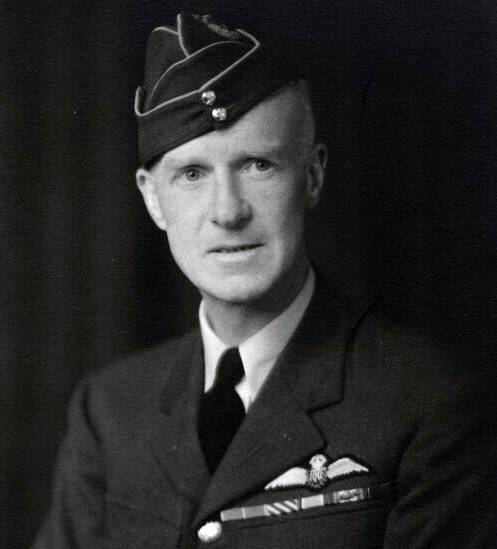 RAF officer.
RAF officer.
Born in Sydney, Australia, educated at Dulwich College. After a spell of cattle ranching in Mexico, where he was British vice-consul in Sonora, he enlisted in the Royal Flying Corps in Vancouver in 1916 and returned to England. He was Senior Air Staff Officer at the British Air Forces of Occupation HQ and then in 1947 RAF Director-General of Personnel.
Photo: Walter Stoneman, 1945 [courtesy of National Portrait Gallery]
PERSONAL
• 47 Dyke Road Avenue [residence c1949-c1951]
PEARS, Harry William Kilby
1869-1950
Manufacturer.
Son of a pharmaceutical manufacturer, born in Hove. In 1890 he joined his father in the firm, now called Kilby Pears & Son, which Harry renamed Goldstone Laboratories when he took over control. It became The Standard Tablet and Pill Company in 1917, when a new factory, designed by Clayton & Black, was built adjacent to Hove Station in Hove Park Villas. He remained managing director when the business was acquired by the Dubarry Perfumery Company in 1923. The following year the family moved to Newchapel House, Lingfield, Surrey, where he died.
PERSONAL
• 42 Waterloo Street [childhood home]
• 16[-17] Western Road, Hove [premises, residence 1875-1908]
• 16 Brunswick Road [residence 1901]
• Elm Lodge, Park View Villas [residence 1905-1914]
•
PECCHIO, Count Giuseppe
1785-1835
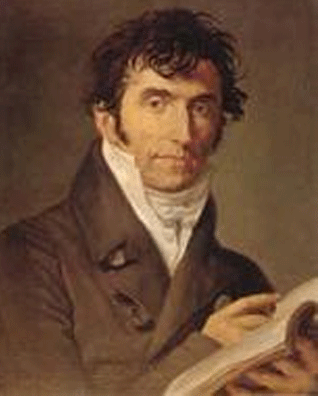 Italian politican.
Italian politican.
Auditor in the Council of State 1810-1814, he then in 1819 became a deputy in the provincial parliament of Milan. He took part in the Piedmontese revolution of 1820 and went into exile in March 1821 in Switzerland, Spain and Portugal but settled in England in July 1823. He earned a living by teaching in Nottingham but between March and December 1825 went with Byron's friend Captain Gamba to deliver a loan to Greek partisans. He returned to Nottingham, then moved a year later to York, where in September 1828 he married Philippa Brooksbank (1785-1868), daughter of a rich landowner. This allowed Pecchio to leave teaching and the couple moved to Brighton. He wrote Semi-serious Observations of an Italian Exile, during his residence in England (London: Effingham Wilson, 1833 and Philadelphia: Key & Riddle, 1833)1. His wife lived on in their home with Madame Negri until c1856 but then returned to the family home in Yorkshire.
PERSONAL
• 50 Lewes Crescent [residence 1828-1835]
PECHELL, Vice-Admiral Sir George Richard BROOKE MP JP, 4th bt
1789-1860
BROOKE-PECHELL, Captain William Henry Cecil
1830-1855
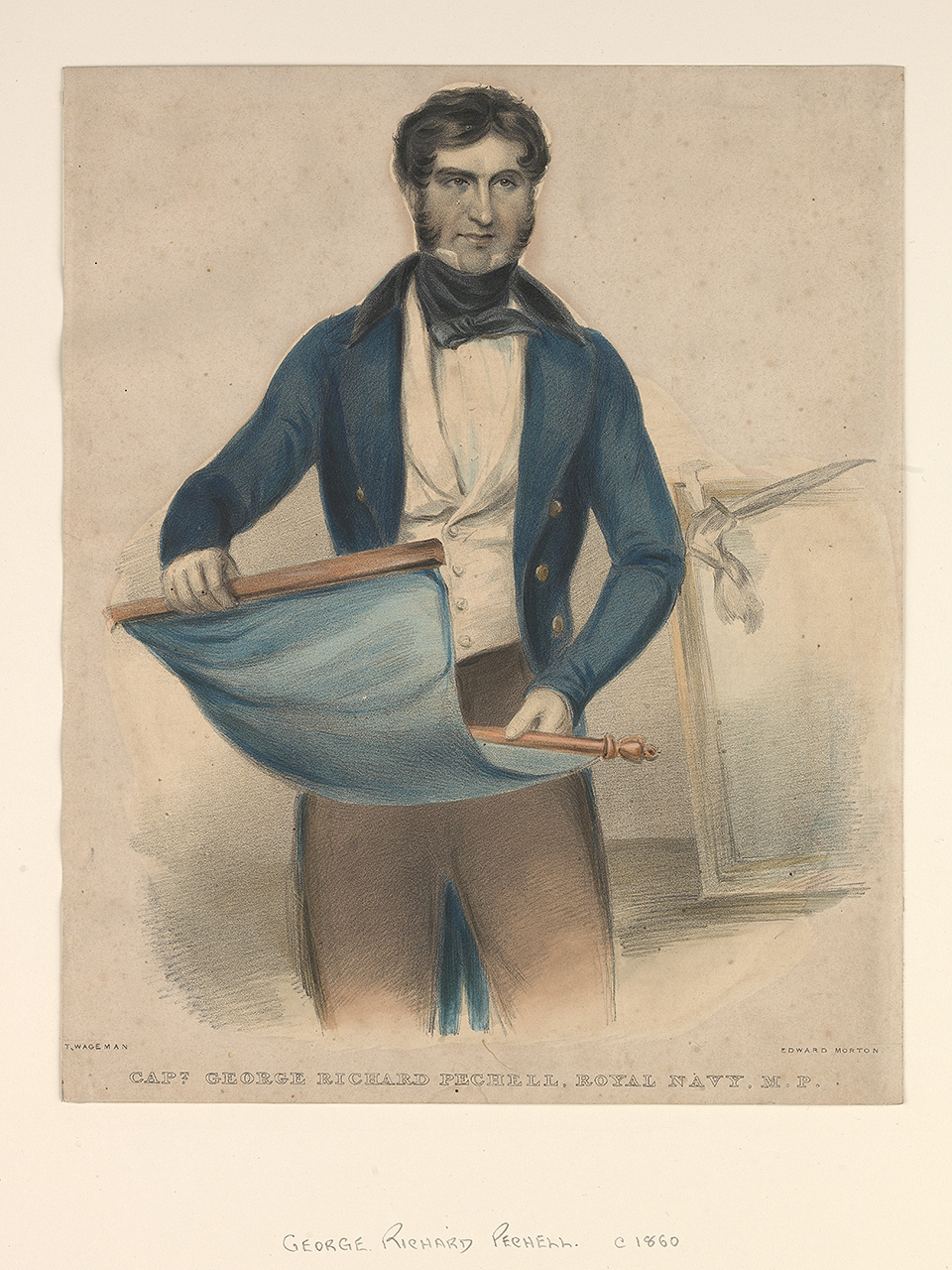 George Pechell. Politician
George Pechell. Politician
Born in St George's, Middlesex, the son of the 2nd baronet, he joined the Royal Navy in 1803 and reached the rank of captain in 1826. He was unsuccessful when he contested Brighton for the Whigs in the 1832 election but was elected in 1835 with a substantial majority and retained the seat as a Liberal until his death in 1860. He lived at Castle Goring near Worthing, which he let to Sir Timothy Shelley, father of Percy Bysshe Shelley MP (New Shoreham) in 1825 and bought it from the poet's widow, Mary Shelley, in 1845. He succeeded his brother to the title in 1849. He joined the RN retired list as a rear-admiral in 1852, becoming a vice-admiral in 1858. He left effects under £30,000.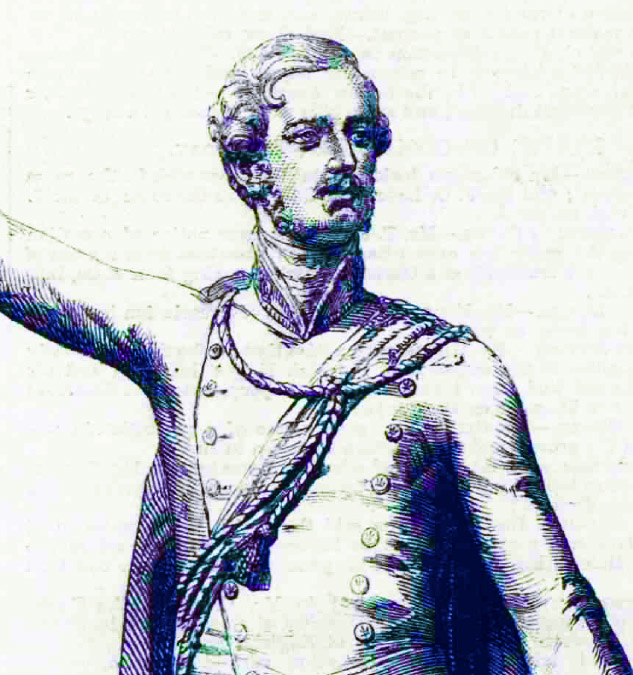 William Pechell. Soldier
William Pechell. Soldier
Born at Castle Goring, the only son of George Pechell, he joined the 77th Regiment. He was killed in action at Sebastopol during the Crimean War. His statue by Matthew Noble, paid for by public subscription, was installed in the vestibule of the Royal Pavilion in 1859, where it remained until being moved to Brighton Museum's entrance hall in 1914 and then to the art gallery in 1930. In 1940 it was removed to Stanmer Park, where it deteriorated until rescued, decapitated and with the right arm deformed, to Waterloo Street c2014.
Image: Illustrated London News 19 February 1859
PEEL, Sir Laurence
1801-1888
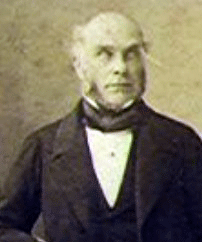 Poltician.
Poltician.
Sixth son of Sir Robert Peel 1st bt, whose eldest brother was twice prime minister, he married Jane Lennox, daughter of the 4th Duke of Richmond. He was Conservative MP for Cockermouth 1827-1830, after which he and his wife devoted themselves to charitable and religious causes.
PERSONAL
• 32 Lewes Crescent [residence 1846]
PELHAM-HOLLES, Thomas, KG, 1st Duke of Newcastle-upon-Tyne, 1st Duke of Newcastle-under-Lyne, 1st Baron Pelham of Stanmer
1693-1768
PELHAM, Henry (I)
c1694-1725
PELHAM, Henry (II)
c1695-1754
PELHAM, Thomas (I)
c1705-1737
PELHAM, Thomas (II) 1st Earl of Chichester, 2nd Baron Pelham of Stanmer
1728-1805
PELHAM, Thomas (III) 2nd Earl of Chichester, 3nd Baron Pelham of Stanmer
1756-1826
PELHAM, Henry (III) 3rd Earl of Chichester, 4th Baron Pelham of Stanmer
1804-1886
PELHAM, Walter John 4th Earl of Chichester
1838-1902
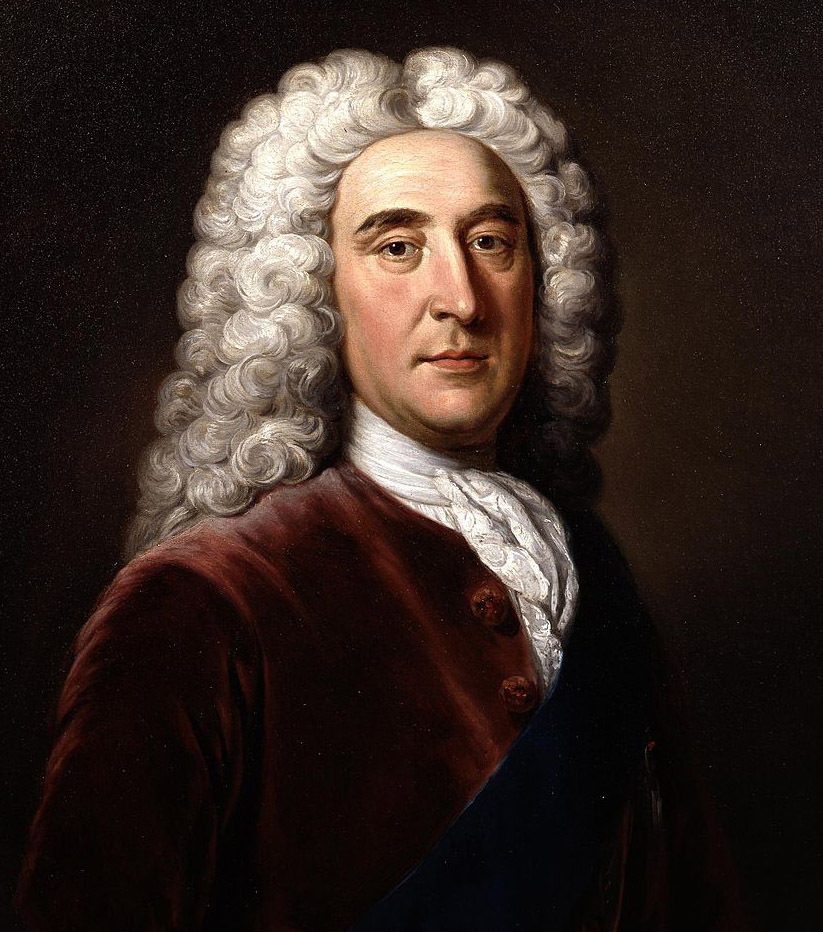 Thomas Pelham-Holles [_right_]. Politician, prime minister, landowner.
Thomas Pelham-Holles [_right_]. Politician, prime minister, landowner.
The eldest son of Thomas Pelham, 1st Baron Pelham and Lady Grace Holles, younger sister of the 1st Duke of Newcastle-upon-Tyne, on coming of age in 1714 he was one of the largest landowners in the country, notably in Sussex. A Whig and protégé of Robert Walpole, he was created Earl of Clare in 1714 and a year later Marquess of Clare and 1st Duke of Newcastle-upon-Tyne, his uncle's title having expired. He was appointed Lord Chamberlain in 1717 and in 1724, with Walpole effecively prime minister, he was made Secretary of State for the Southern Department (late known as Home Secretary). He was prime minister 1754-1756 and 1757-1762. He was created Baron Pelham of Stanmer in 1762. He had no children, so with the prospect that the dukedom would again expire on his death, he was created Duke of Newcastle-under-Lyne in 1756, with the exceptional remainder for inheritance to his nephew, the 9th Earl of Lincoln. He is buried at All Saints' Church in Laughton, Sussex.
Image: Portrait by William Hoare [National Portrait Gallery].
Henry Pelham (I). Politician and landowner.
Eldest son of Henry Pelham MP (c1661-1721), he succeeding his father in 1721, inheriting the Stanmer estate. He was MP for Lewes in 1722, supporting his cousin, the Duke of Newcastle, but died of tuberculosis in 1725. Henry Pelham (II) [_right_]. Politician, prime minister, landowner.
Henry Pelham (II) [_right_]. Politician, prime minister, landowner.
Younger brother of Thomas Pelham-Holles, he was MP for Sussex, became Secretary for War in 1724 and Paymaster General in 1730. In 1742 he was Leader of the House of Commons and in 1743 served concurrently as both First Lord of the Treasury (Prime Minister) and Chancellor of the Exchequer from 1743 until his death in 1754, sharing power with his elder brother, who sat in the House of Lords. He is buried at Laughton, Sussex.
Portrait by John Shackleton [National Portrait Gallery.
**Thomas Pelham** (I). Politician and landowner.
Third son of Henry Pelham, he inherited the family estates at Stanmer from his elder brother, Henry, on the latter's death in 1825. He in turn became MP for Lewes in 1727. He died of alcholism in 1737.
**Thomas Pelham** (II). Politician and landowner.
Son of Thomas Pelham, great-grandson of Sir John Pelham, 3rd bt, and first cousin once removed of Thomas Pelham-Holles, he was MP for Rye 1749-1754 and for Sussex 1754-1768. He succeeded his father in 1737, interited the barony from his cousin in 1768. He was created Earl of Chichester in 1801. He bought the manor of Falmer in 1776 from Sir John Shelley, 5th bt, his second cousin once removed.
**Thomas Pelham** (III). Politician and landowner.
Son of Thomas Pelham (II), he was elected MP for Sussex in 1780 and appointed Surveyor-General of thge Ordnance, Chief Swcretary for Ireland in 1783. He represented Carrick in the Irish House of Commons 1783-1790 and Clogher 1795-1797. He was Home Secretary 1801-1803, Chancellor of the Duchy of Lancaster 1803-1804, returning to goveernmnt as joint Postmaster-General 1807-1823 and Postmaster-General until his death. Henry Pelham (III) [_right_]. Peer, soldier and landowner.
Henry Pelham (III) [_right_]. Peer, soldier and landowner.
Son of Thomas Pelham (III), he was commissioned into the army in 1824 in the 6th (Inniskilling) Dragoons, tranfserring to the Roal Horse Guards within months. He succeeded his father in 1826 and in 1838 demolished and rebuilt Stanmer Church. He retired from the army in 1844. He was Lord Lieutenant of Sussex from 1860 to 1886 and an ecclesiastical commissioner, head of the church estates committee, from 1841 to 1886. He was the first of the earls to be buried in Stanmer churchyard.
Image: Portrait by Frank Holl. Walter John Pelham [_right_]. Politician, landowner.
Walter John Pelham [_right_]. Politician, landowner.
Eldest son of Henry Pelham, 3rd Earl of Chichester. He was MP for Lewes 1865-1874 and president of Brighton College in succession to his father. He died at Stanmer House and is buried in Stanmer churchyard. He was succeeded by his younger brother, Rev Francis Godolphin Pelham (1844-1905).
Image: National Portrait Gallery
COMMEMORATION
• Pelham Square
• Stanmer House and Park
PENNANT, Lady Emma (née Brudenell)
1804-1846
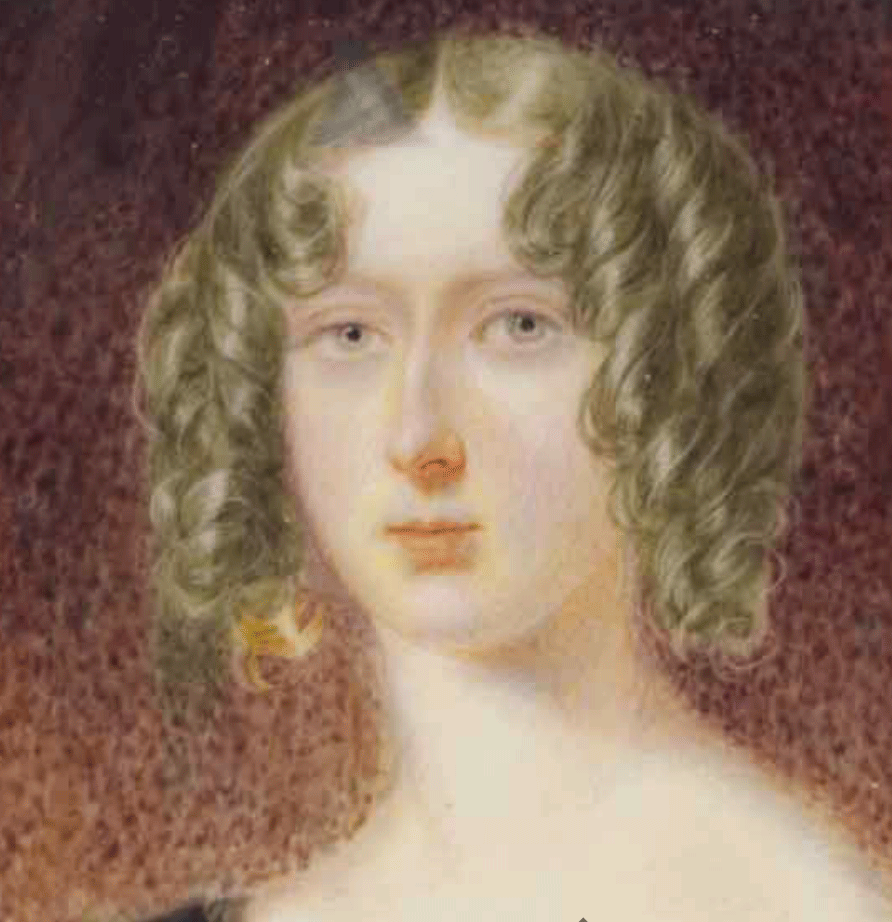 Aristocrat.
Aristocrat.
Daughter of the 6th Earl of Cardigan and younger sister of the 7th Earl, who led the Charge of the Light Brigade at the Battle of Balaclava. She was the widow of David Pennant, whom she married in 1827. Pennant Lodge was built for her. She presented the font to the church at Stanmer. A poem on her death was written by Julia Tilt.
Portrait by William Egley (1829)
COMMEMORATION/PERSONAL
• Pennant Lodge, Queen's Park (West Drive) [residence ante1845-1846; deathplace]
PEPYS, Sir Lucas, 1st bt
1742-1830
 Physician.
Physician.
The son of banker William Pepys and Hannah Russell, daughter of Dr Richard Russell. In 1777 he was appointed physician-extraordinary to George III, whom he attended during the king's periods of madness, physician-in-ordinary in 1792. He is a character in Alan Bennett's play The Madness of George III. He was physician-general to the army from 1794. He practised in Brighton during the summer and in Grosvenor Square, London the rest of the year. He was one of the founders of the National Vaccine Board, He was related to the diarist Samuel Pepys and in 1772 married at Brighton, as her second husband, Jane Elizabeth Leslie, who succeeded as 12th Countess of Rothes the following year.
Portrait by Henry Edridge, engraved by James Godby
PERCY, Dorothy and Philadelphia
Philanthropists.
Daughters of the Duke of Northumberland.
COMMEMORATION
• Percy and Wagner Almshouses, Lewes Road
PERTWEE, William Desmond Anthony (Bill) MBE
1926-2013
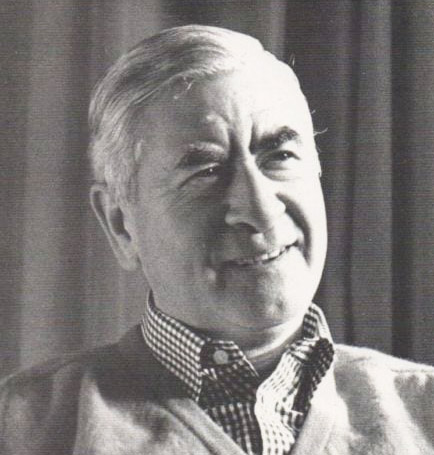 Comedy actor.
Comedy actor.
Particularly known for Beyond Our Ken, Round the Horne and Dad's Army. In his change of address notice in The Stage (2 February 1961) he called himself the Laird of West Sussex and the house Pertwee Towers. He is buried at the Downs Crematorium.
PERSONAL
• 17 Hove Park Villas [residence 1961-]
PFENNINGER, Otto
1855-1929
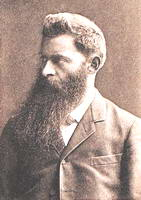 One of a group of experimenters in colour photography in Brighton in the early years of the 20th century, he was born in Switzerland and married an Englishwoman, Sophia Loose, in Horsham in 1883, but the couple returned to St Gallen in Switzerland. The Pfenningers and their two children came back to England in the mid 1890s when he took over the photographic business of Lombardi & Co in West Street, Brighton, retaining the name but adding his own identification as ‘O P Suisse’.
One of a group of experimenters in colour photography in Brighton in the early years of the 20th century, he was born in Switzerland and married an Englishwoman, Sophia Loose, in Horsham in 1883, but the couple returned to St Gallen in Switzerland. The Pfenningers and their two children came back to England in the mid 1890s when he took over the photographic business of Lombardi & Co in West Street, Brighton, retaining the name but adding his own identification as ‘O P Suisse’.
He experimented with tri-colour photography (red, green and blue components) at a time when others limited themselves to two-colour (red and green) systems. In 1904 he showed three trichromatic prints and three lantern slides ‘produced by Dr Jumeaux’ process’ at the Royal Photographic Society annual exhibition. ‘The negatives were taken simultaneously by Capt Lascelles Davidson’s method in which only a red screen is employed’ (catalogue description). He took a number of colour photographs in the summer of 1906 but appears to have sold or otherwise given up the West Street business that same year.
Under the pseudonym O Reg he collected a set of 36 articles on the subject that was published in book form in 1921 with the title Byepaths of Colour Photography. The British Journal of Photography asked why it was written under such a thin disguise and noted the ‘strain of sarcasm and bitterness which characterises many passages’. His work continues to be exhibited among the first rank of photographers (most recently at Tate Britain in 2007).
PERSONAL
• 79 West Street [studio, residence c1894-1903]
• 105 Hythe Road [residence 1905-1914]
PHILIPS, Henry
1779-1840
See entry for Henry Philips under Architects.
PIPER, Major-General Robert Sloper RE
1790-1873
Soldier.
Born at Colyton, Devon, he served in the Peninsula wars 1810-1814 and was in the Army of Occupation after the defeat of Napoleon in 1815-1816; repaired bridges in Paris. He retired on full pay in 1848. Died in Brighton and is buried in the Parochial Cemetery. His son, Robert William Piper (1825-1873) married Mary Ann Vallance and also died in Brighton.
PERSONAL
• 12 Cavendish Place
• 7 New Steine [deathplace]
PITT, Thomas, 1st Baron Camelford
1737-1793
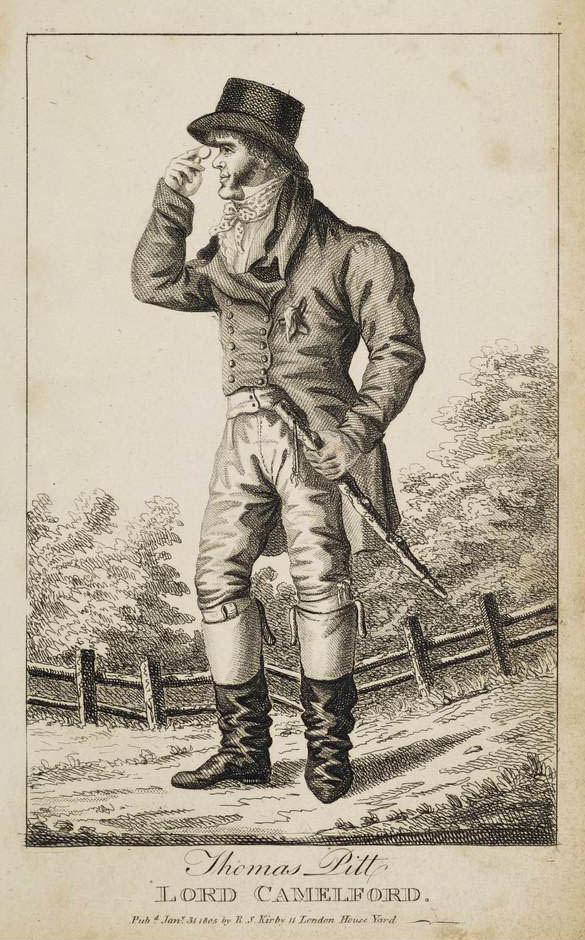 Politician
Politician
Cornish-born nephew of William Pitt the Elder and therefore cousin of William Pitt the Younger, both prime ministers, was himself MP for the rotten borough of Old Sarum and Lord of the Admiralty in George Grenville's government, raised to the peerage in 1784. Grenville's son, William Wyndham Grenville, married Pitt's daughter Anne.
National Galleries Scotland
PERSONAL
• Camelford Street
POPHAM, James Kidwell
1847-1937
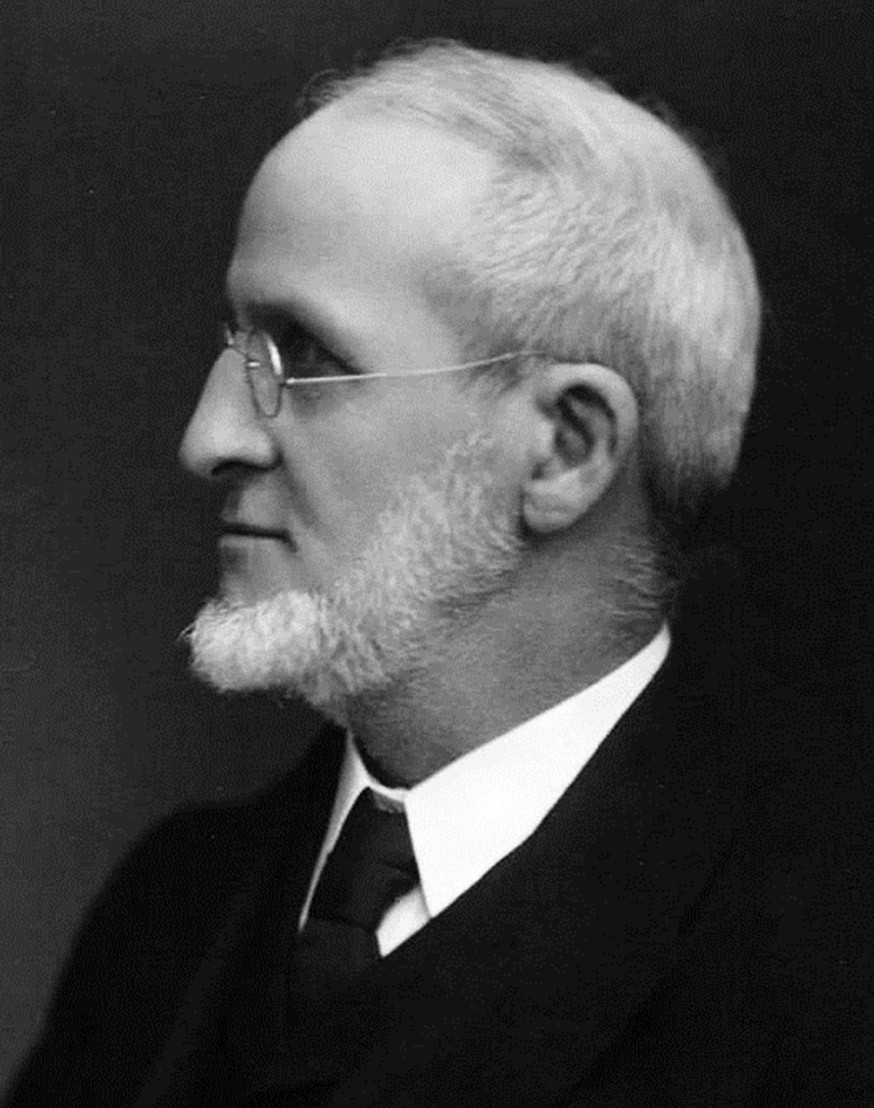 Clergyman.
Clergyman.
Pastor of the Galeed Strict Baptist Chapel, Brighton for nearly 55 years from January 1883 to June 1937, there are texts of 1,400 of his sermons in the Gospel Standard Baptist Library in Hove. The road that may have been named after him when planned was called Tongdean Road.
COMMEMORATION
• Popham Road, Tongdean
PERSONAL
• Galeed Strict Baptist Chapel, Gloucester Road [pastor 1882-1935]
• 6 Beaconsfield Villas [residence 1886-1903] new build
• Normandien, Surrenden Road [residence, 1904-1926]
• 10 Harrington Road [residence 1927-1937]
POWELL, (Ellen) Margaret (née Steer)
1907-1984
 Kitchen maid, author, TV personality.
Kitchen maid, author, TV personality.
Born in Hove, the daughter of a house painter and charwoman, she won a grammar school scholarship that she could not take up, instead going to work in a laundry. She began as a kitchen maid in 1922, earning £24 a year. She became famous after publishing her memoir Below Stairs (1968).
PERSONAL
• 40 Shakespeare Street [childhood residence 1909-1910]
• 8 Adelaide Crescent
• 222 Old Shoreham Road [residence 1973-1984]
PRENDERGAST, General Sir Jeffrey
1769-1856
Soldier.
Born in Clonmel, County Waterford, he joined the East India Company and in 1825 became colonel of the 39th native infantry. He was Auditor-General of the Madras Army, served in the Mysore war and was promoted to general in 1854. He died in Hove.
PERSONAL
• 19 Brunswick Square [residence 1850-1856]